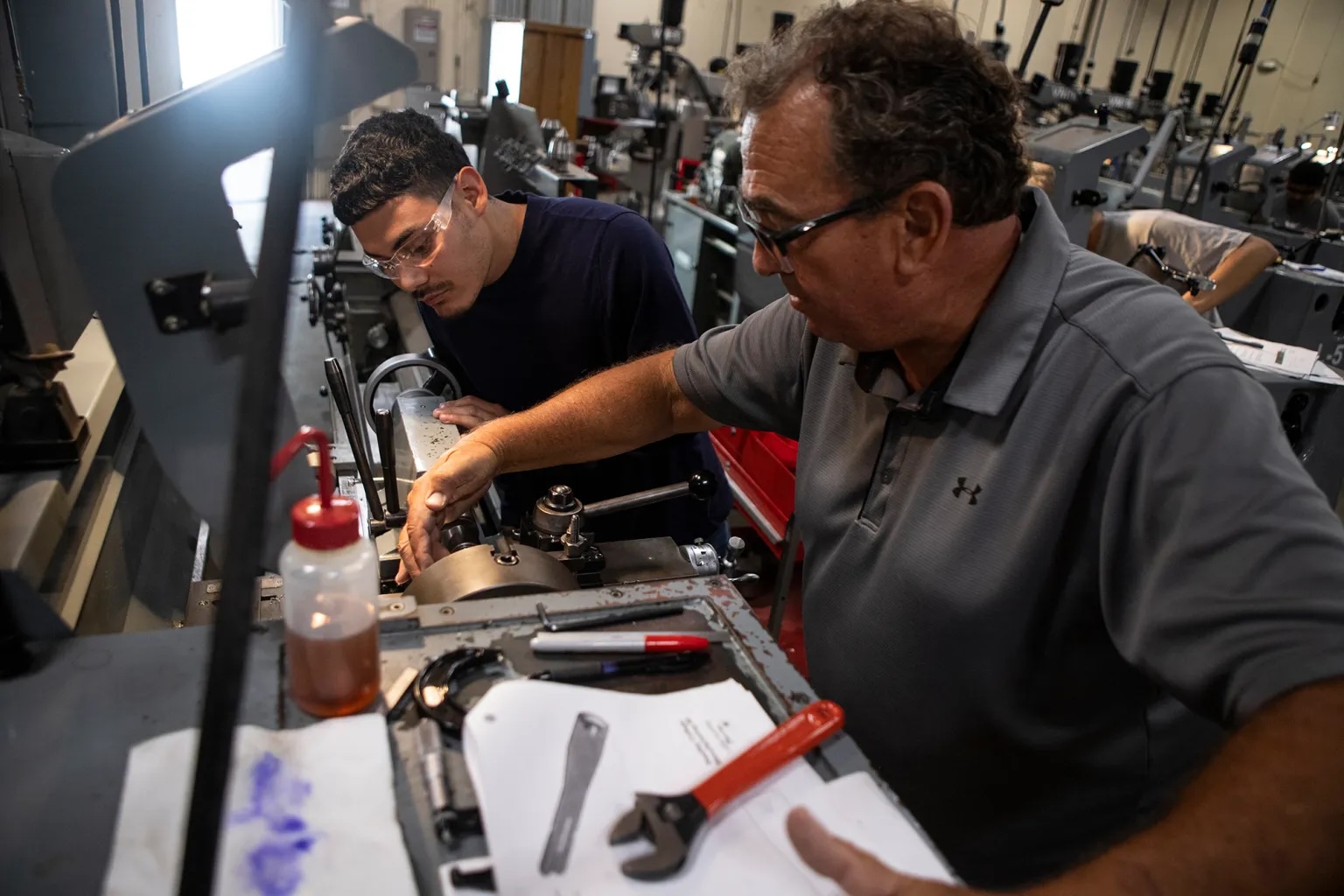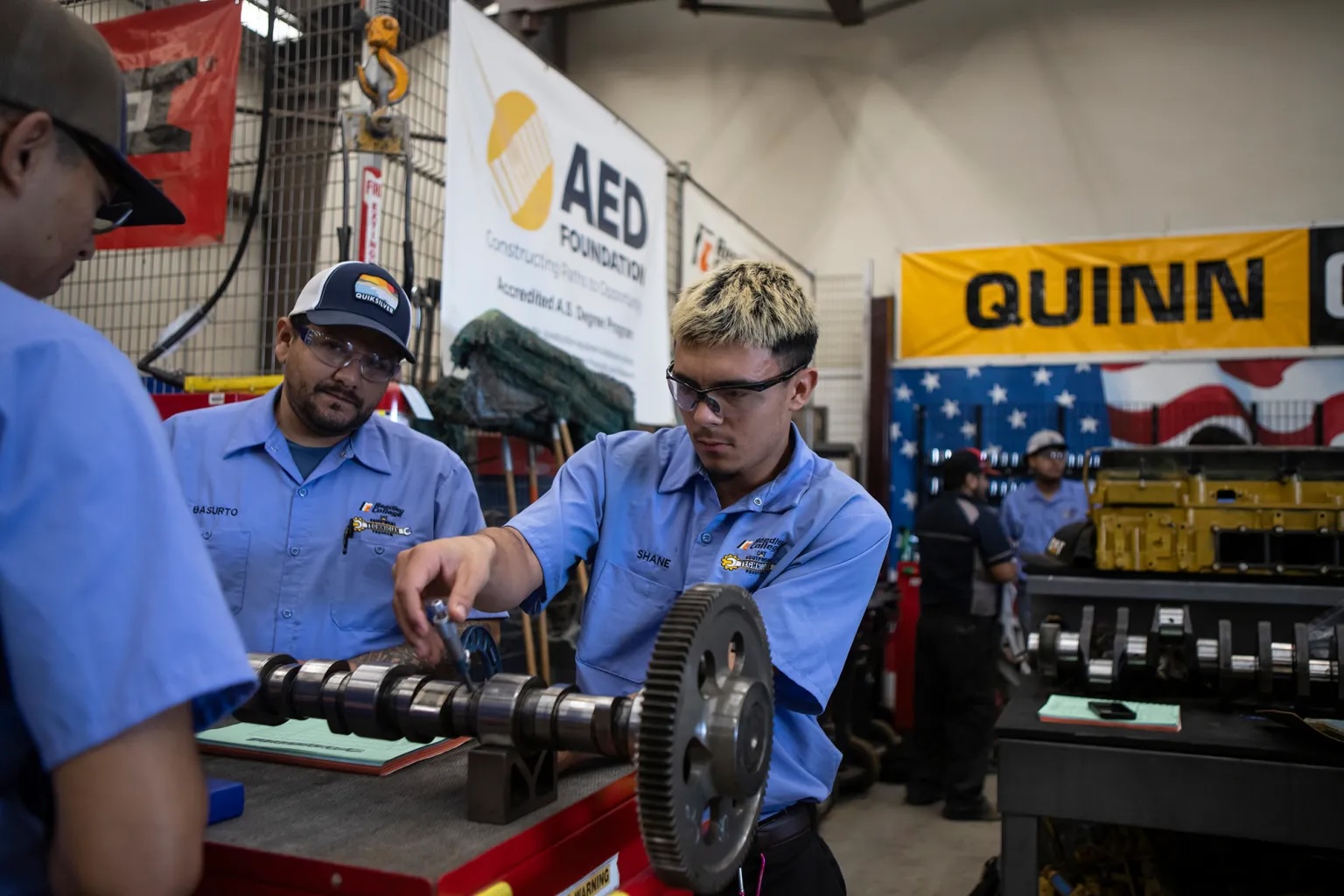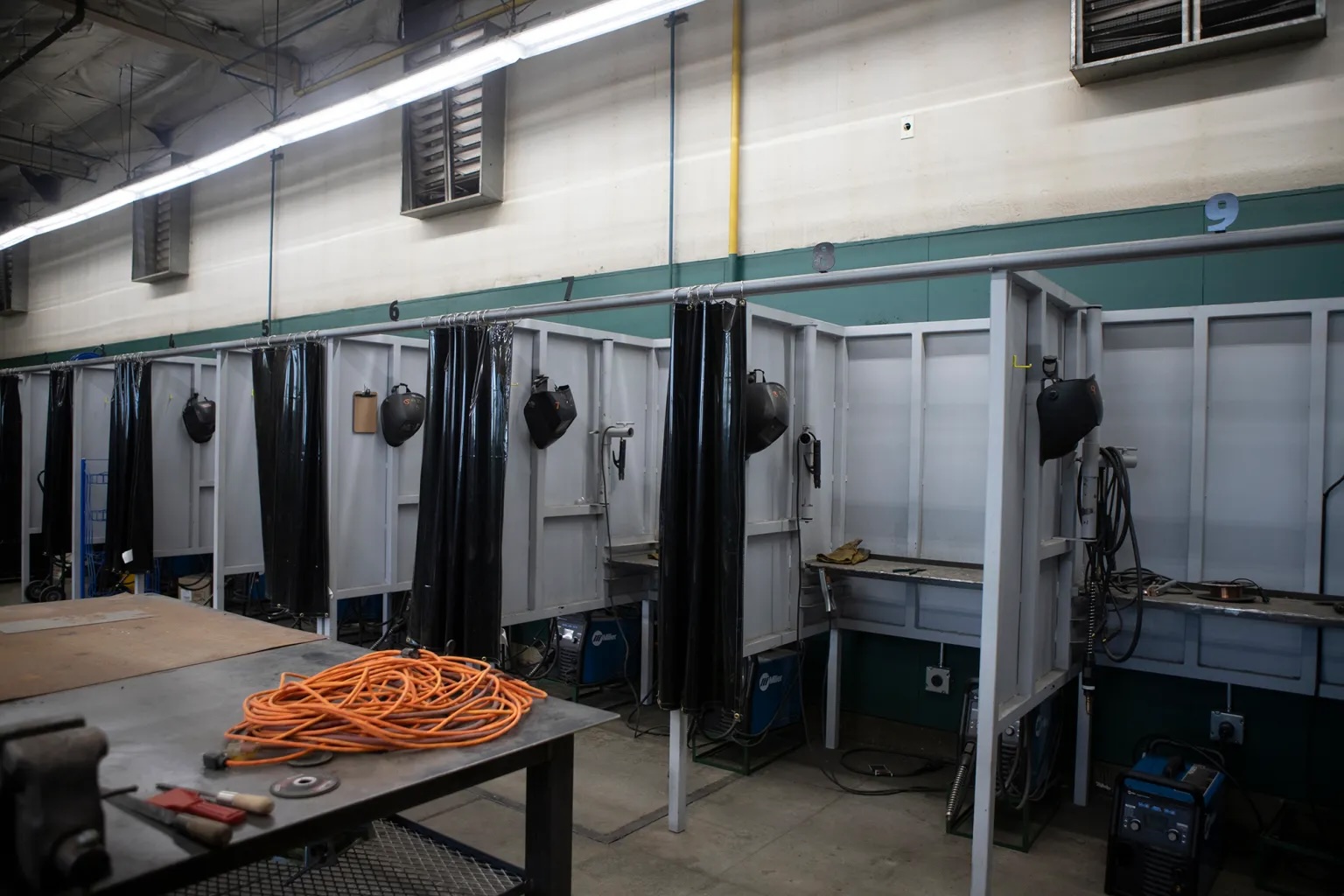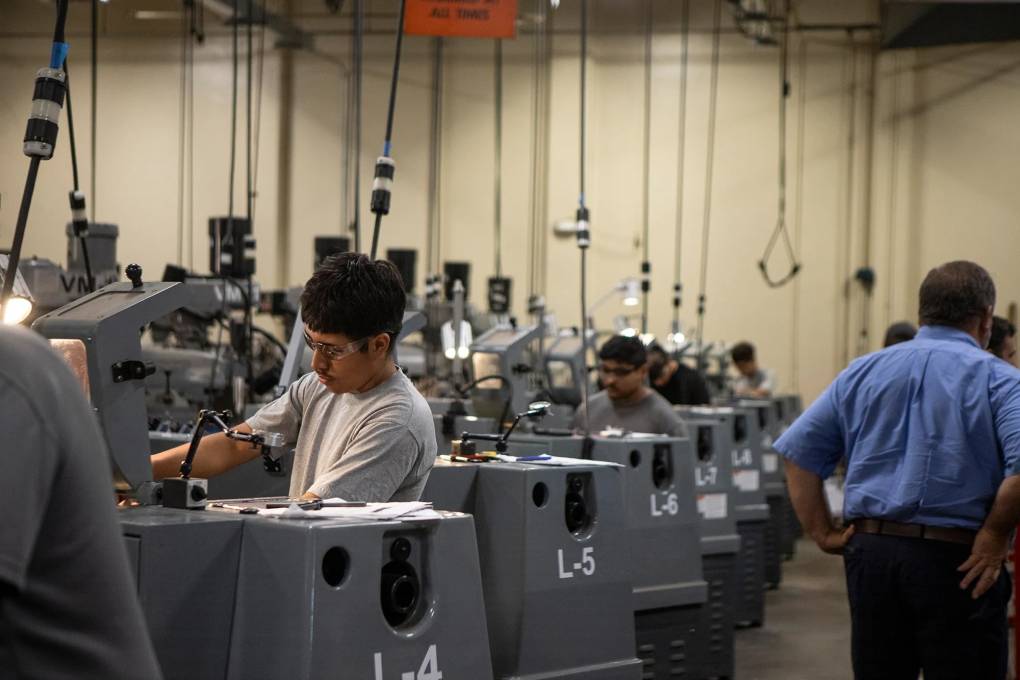At Reedley College in rural Fresno County, Dean of Instruction David Clark acknowledged that some programs compete — in other parts of the state — but said that in this small town, that issue is less relevant. “In Fresno, you might flip someone off and never see them again, but here, that’s your neighbor,” said Clark. Instead, he said, local workforce leaders in Reedley have close personal relationships with one another and collaborate frequently.
What’s more, he said that each institution serves a different population: Historically, community colleges focused on high school graduates, providing them with vocational training or a pathway to a four-year university. Adult schools offered short-term courses, such as English as a second language, often to immigrants and older adults. Regional occupational programs arose as a way to help high schools consolidate and coordinate expensive career training classes. Job centers were a place for adults to get help finding work.
To some extent, that’s all still true, but over the past few decades, the lines have blurred. High school students are taking college-level classes at growing rates. More than 40% of community college students in California are 25 and older, according to data from the Community Colleges Chancellor’s Office, and the system is investing in short-term classes that rival the courses at many adult schools. While job centers once placed people directly in jobs, they’re now facing a push from state and federal leaders to send jobseekers back to school to earn better long-term wages.

The state’s existing higher education plan is from 1960 and “was designed to serve a very different California,” wrote Elana Ross, a spokesperson for the governor, in an emailed statement. She said the “current budgetary conditions” — namely, two years of multibillion-dollar deficits — “call us to work together more effectively.” The office refused to speak to CalMatters in an on-the-record interview.
In the hearing, Muratsuchi said he’s skeptical that the governor’s new plan will yield substantive changes to this convoluted system. “These are the same agencies that have failed to collaborate,” he said. “Why do we expect different results?”
‘Redundancy’ in Reedley
Clark has lived in Reedley for 35 years, and as he walks around the community college campus, he shares the town lore with pride. In 2002, the town voted against the construction of a Walmart. The town doesn’t have a movie theater or a mall either, he said. “People have tried to maintain that Norman Rockwell lifestyle.”
It doesn’t always reflect reality — Walmart, for instance, built a location just 5 miles away, in the town next door — but Clark said that Reedley is still more vibrant than some of the other rural towns in the Central Valley.
The reason is agriculture: It’s the “world’s fruit basket,” according to the town’s chamber of commerce. Reedley specializes in growing and shipping stone fruit such as peaches, plums and nectarines.

For the roughly 7,500 Reedley College students taking a career technical education class, the most popular programs are in agriculture and manufacturing, which overlap considerably, said Clark. Classes in health care, such as those for nursing assistants, are another common path, especially for women.
In a series of large classrooms, each one as big as a warehouse, college students learn how to repair tractor engines, how to weld the pieces of a truck bed, and how to create the metal pieces used in food packaging machines. Some equipment, such as machines for metal cutting, can cost the school over a million dollars per device. Most of the training for nursing assistants takes place at a retirement home.
On certain days, the college shares these classrooms with the Valley Regional Occupational Program so it can run its own manufacturing courses for high school students. By using some of the same facilities, the high school saves money and helps introduce students to college, said Fabrizio Lofaro, superintendent of the occupational program.
However, for welding courses, which are more popular, the high school has its own facilities and offers less advanced courses.

At night and on weekends, the regional occupational program works with a different institution, Kings Canyon Adult School, to offer another set of welding classes focused on working adults.
Noe Mendoza, the learning director of the adult school, acknowledged some “redundancy,” especially with the community college. What makes adult schools different, he said, is that they’re accessible for adults who lack a high school degree or who need short-term, career-oriented training.
“They’re field workers, or they’re working in the warehouses, the cold storages, and they want something different,” said Mendoza. “If it’s given here, it seems more attainable, even though it’s the same class.”
Community college leaders, however, insist that their courses are accessible too. In June, state leaders announced a policy change meant to draw adults without high school degrees toward college. Since the start of the pandemic, community colleges have spent millions of dollars recruiting older adults by offering shorter classes and career-oriented programs — sometimes reaching out directly to farmworkers.
Five different entities competing for students and money
Community colleges and adult schools have long competed for students. In the 1990s, the issue came to the fore when six Southern California school districts sued their local community colleges, saying that the colleges had overstepped their boundaries by teaching certain classes, such as high school equivalency courses or English as a second language. The judge found that both systems had a right to teach these classes.
The lawsuit is emblematic of long-standing duplication and conflict in adult education: A 2012 report by California’s Legislative Analyst’s Office found “inconsistent state-level policies” and a “widespread lack of coordination.”

